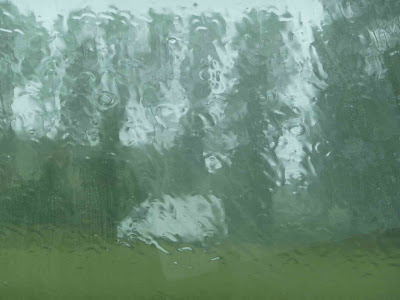The city of Roskilde lies about 30 miles west of Copenhagen. Whereas Copenhagen faces east and Sweden, Roskilde is at the end of a long and complicated fiord facing the northwest, and Norway. In the 11th century, it was the capital of the Denmark that Harald Bluetooth had unified in the 10th century. Sometime in the 11th century, fearing invasion from Norway, the residents of Roskilde scuttled five ships in one of the fiord's channels, thus reducing their vulnerability to the main channel. The invasion never came, and the ships were forgotten over the centuries. Late in the 20th century, however, they were discovered, conserved and preserved, and are now on display, along with much else, at the Roskilde Viking Ship Museum. The discovery of these and other Viking ships has brought about great interest in learning the techniques and materials used in building them. After all, these ships sailed all over the North and Baltic Seas, the North Atlantic, the Mediterranean, as far as the Black Sea, and what is now Russia. At the Roskilde Museum they pride themselves in replicating the ships, using only materials and techniques known to have been used by the 9th, 10th, and 11th century shipwrights. It is an impressive undertaking, with research, education and construction and fabrication buildings all around, a smithy, carpentry shop, rope-making, sail-making, a restaurant, a hostel, a teacher center, and a collection of the fruits of these labors in the little Viking harbor between the Museum and the ship-building center. Want to know which kinds of Scandinavian trees and woods are right for which parts of the ship? Go to Roskilde. In the summer they even conduct cruises on the rebuilt ships on Roskilde fiord.

Main building of the Viking Ship Museum in Roskilde

Skuldelev 2, the warrior ship recovered from the fiord; there were four others, including a large merchant ship

Part of the shipyard at the museum, where they are re-creating Viking ships

The Sea Stallion from Glendalough, a re-creation of Skuldelev 2 (the ship was built originally in Dublin, a Viking outpost)

The Sea Stallion at sea, on a voyage to Dublin from Roskilde

Another of the Viking ship re-creations at Roskilde

Viking Vicki (they encourage visitors to dress up)

Viking Mark; how come I can't keep a straight face when trying to look fierce? I must have Dukakis' syndrome

An interesting juxtaposition: Native American lodge frame, the Sea Stallion, and the Museum; so who "discovered" North America?



















































